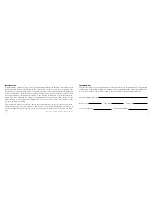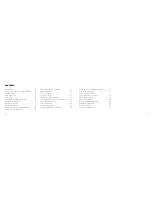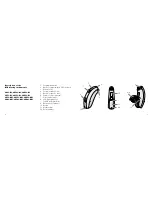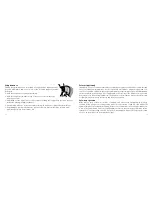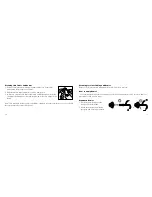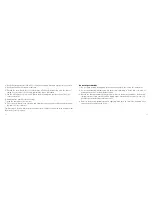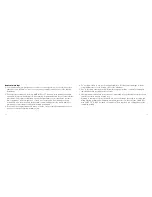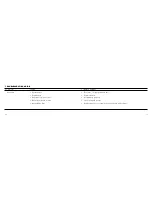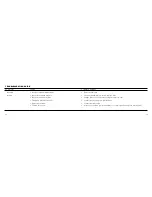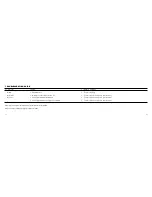
12
13
3. Turn the top part of the earmould gently backwards and forwards so that it
tucks behind the fold of skin above your ear canal.
4. Move the earmould up and down and gently press to ensure it is positioned
correctly in the ear. Opening and closing your mouth can ease insertion.
5. Make sure the hearing instrument is seated behind the ear.
By experimenting, an easier method may be discovered. With proper insertion,
hearing instruments should fit snugly but comfortably. If hearing instruments
cause irritation of the ears, contact your hearing care professional. Never
attempt to modify the shape of the hearing instrument, earmoulds, or tubing
yourself.
Tip: It may be helpful to pull your ear up and outward with your opposite hand
during insertion.
low battery indicator
Your hearing care professional can activate a low battery indicator in your hearing instruments.
The hearing instrument will reduce amplification and emit a beep signal if battery power gets too
low. This signal will recur every five minutes until the hearing instrument automatically switches
off. The low battery indicator can vary slightly, depending on the type of battery used. It is rec-
ommended that you keep spare batteries on hand.
inserting/removing hearing instruments
Insertion (custom earmoulds)
1. Hold the earmould between your thumb and index finger and position its sound outlet in
your ear canal.
2. Slide the earmould all the way into your ear with a gentle, twisting movement.


